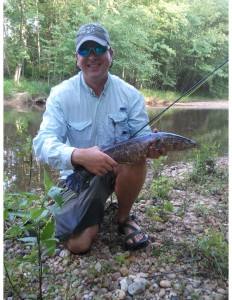

NOAA Fisheries At-Sea Volunteer Opportunities: Hands-On, Hard Work, and a Great Experience
Shelley Dawicki, Northeast Fisheries Science Center. E-mail: [email protected] For decades, volunteers have played an important role in National Oceanic and Atmospheric Administration (NOAA) Fisheries at-sea











